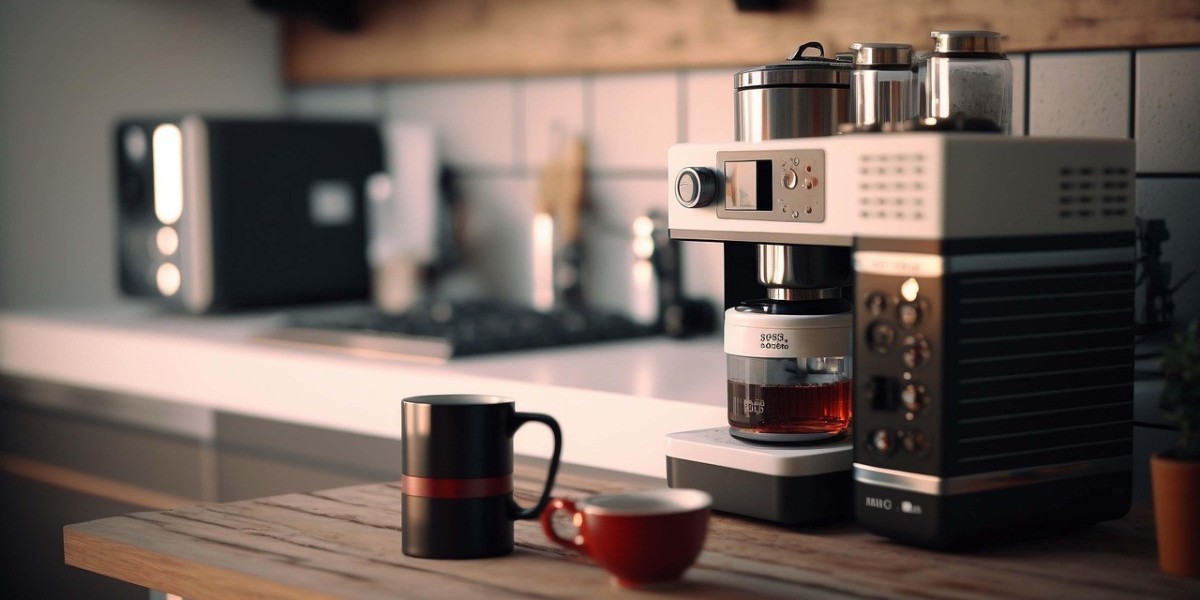Unlock the Secrets to the Ultimate Frog Fishing Rod: Discover Your Perfect Match!
Frog fishing has captivated anglers around the world, offering a unique blend of excitement and challenge. It’s not just about casting a line; it’s about engaging in a thrilling battle with some of the most elusive freshwater species. The right gear can make or break your fishing experience, and when it comes to frog fishing, selecting the appropriate rod is paramount. A quality rod tailored for this specific technique ensures better control and precision, ultimately leading to more successful catches. In this article, we will guide you through the essential features to consider when choosing the best rod for frog fishing, helping you enhance your skills and enjoy every moment on the water.

Understanding Frog Fishing
Frog fishing is a specialized technique that involves using artificial frog lures to attract predatory fish, primarily bass, in shallow waters. This method is particularly effective in areas with dense vegetation, such as lily pads, reeds, and thick grass, where these fish often hide. The primary technique involves a “walk-the-dog” action, mimicking the movement of a frog on the water's surface to entice fish. Anglers often use various types of frogs as lures, including soft-bodied, hollow-bodied, and popper-style frogs, each designed to create different sounds and actions in the water. The thrill of seeing a fish explode on your lure when you least expect it is what makes this fishing style exhilarating. Friends of mine have shared countless stories of their adventures, each filled with the adrenaline rush of battling a hefty bass while frog fishing.
Key Features of a Frog Fishing Rod
Choosing the right rod for frog fishing involves understanding several key features. First, length plays a significant role; rods typically range from 7 to 8 feet. A longer rod provides better casting distance and allows you to navigate through thick cover more effectively. Next, the action of the rod is crucial. Fast action rods are often favored, as they offer quick response times and better hook-setting capabilities. The power rating of the rod, usually medium-heavy to heavy, is essential for wrestling larger fish out of heavy cover. Lastly, the material of the rod can affect its performance; graphite rods are lightweight and sensitive, while fiberglass rods offer durability and strength. Each of these characteristics contributes to creating a rod that can handle the unique challenges of frog fishing.
Comparing Rod Types for Frog Fishing
When it comes to rod types, anglers typically choose between baitcasting and spinning rods for frog fishing. Baitcasting rods are generally preferred for their precision and control, allowing for accurate casts in tight spots. They are designed to handle heavier lines and lures, which is ideal when fishing in thick cover. However, they require more skill to use effectively, making them better suited for experienced anglers. On the other hand, spinning rods offer greater ease of use and versatility, making them a good choice for beginners. They can cast lighter lures and handle a variety of fishing techniques, although they may not perform as well in heavy cover situations. Both rod types have their advantages and disadvantages, and the choice ultimately depends on individual preferences and skill level.
Tips for Choosing Your Perfect Frog Fishing Rod
When selecting the ideal frog fishing rod, consider your personal fishing style and the conditions you'll encounter. If you often fish in heavy vegetation, a longer, heavier rod will provide the necessary power and leverage. Conversely, if you prefer open waters or are just starting out, a spinning rod with moderate action might be more suitable. Additionally, take into account the type of line you plan to use; braided lines are commonly recommended for frog fishing due to their strength and low stretch. Don't forget to test the rod in-store if possible; holding it can give you a feel for its balance and weight. Friends of mine often emphasize the importance of comfort and control, as these factors can make a significant difference during long days on the water.
Maintenance and Care for Your Fishing Rod
Proper maintenance and care of your frog fishing rod are essential for ensuring its longevity and optimal performance. After each fishing trip, it’s important to rinse the rod with fresh water to remove any dirt, salt, or grime. Pay special attention to the guides and reel seat, as these areas can accumulate debris. Check for any signs of damage or wear, and store your rod in a protective case to prevent any accidental breaks. Regularly inspect the line and replace it if necessary, as a frayed line can lead to lost catches. By taking these simple steps, you can extend the life of your rod and enhance your fishing experience.
Final Thoughts on Selecting Your Fishing Rod
In conclusion, selecting the best rod for frog fishing is a crucial step towards enhancing your fishing adventures. Understanding the unique aspects of frog fishing, knowing the key features of a suitable rod, and comparing different rod types can help you make an informed decision. By following the tips provided and maintaining your gear, you can ensure that your frog fishing excursions are both enjoyable and successful. So gear up, choose your perfect rod, and get ready to experience the thrill of frog fishing!








